 Rocks and Minerals
Rocks and Minerals
Rocks and Minerals
Rocks and Minerals

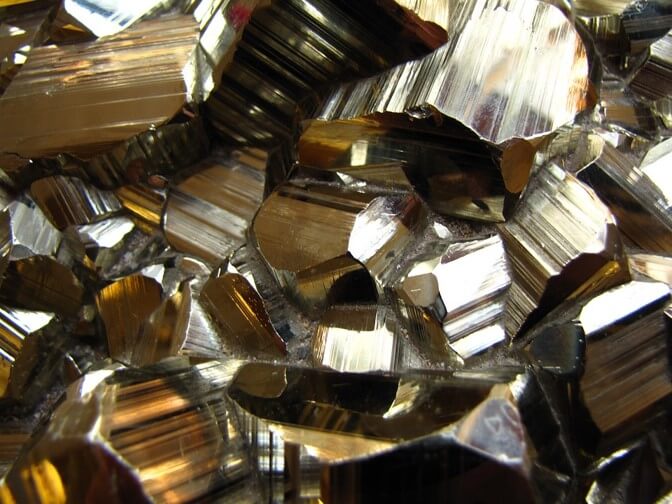

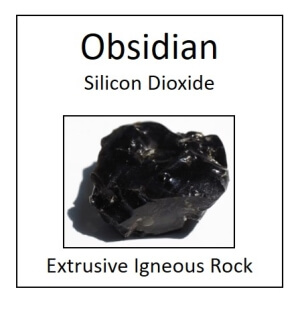



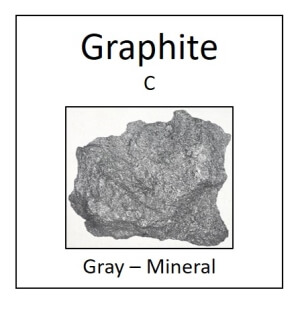



 Rocks and Minerals
Rocks and Minerals
Rocks and Minerals
Rocks and Minerals

Study the lesson for one week.
Over the week:

Overview

Physical Characteristics
Locations
Interesting Facts
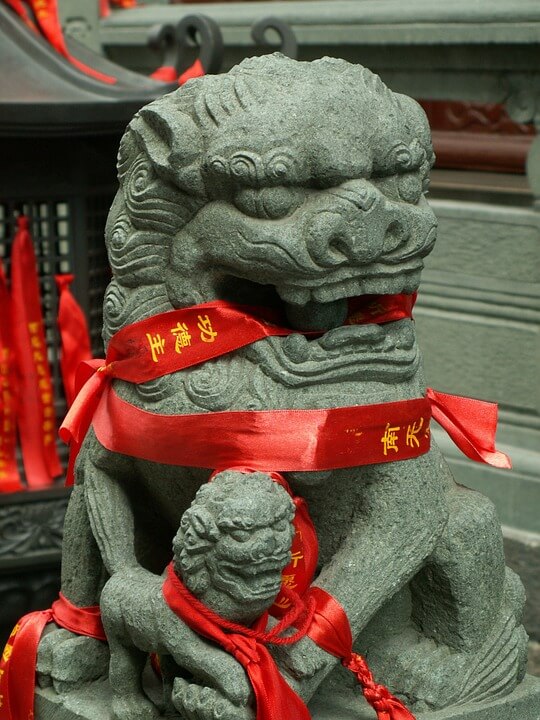
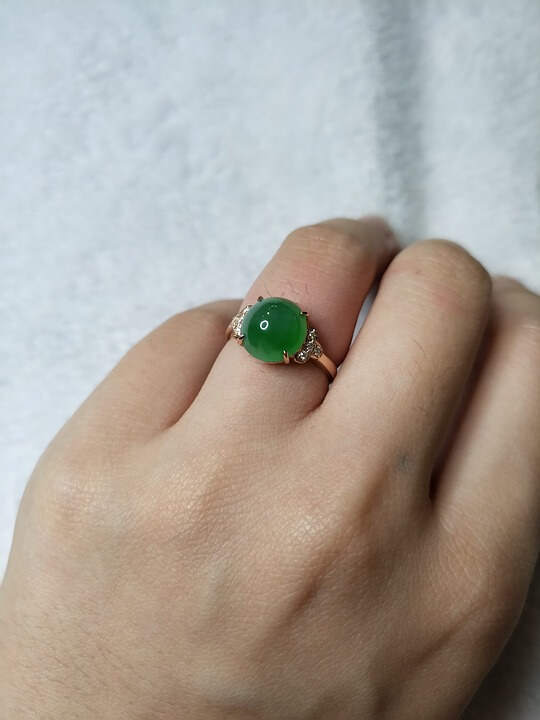
Activity 1: Narrate the Lesson
Activity 2: Can You Find It?
Jadeite's chemical composition is NaAlSi2O6. Find the following elements on the periodic table:

Activity 3: Map the Lesson

Activity 4: Take a Nature Walk
Activity 5: Complete a Field Book Entry

After your nature walk, complete page 6 in 'Fifth Grade Science Rocks and Minerals Notebook Pages.'